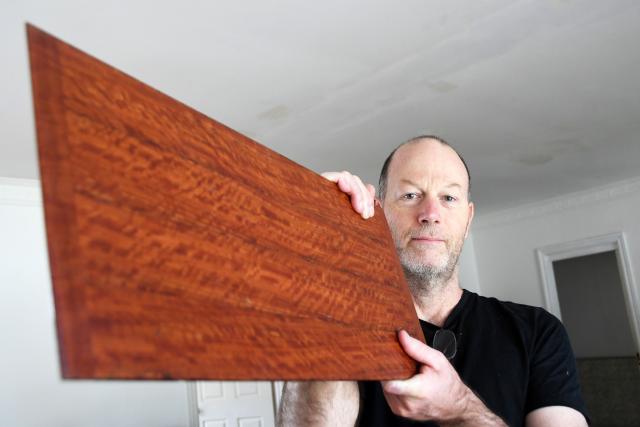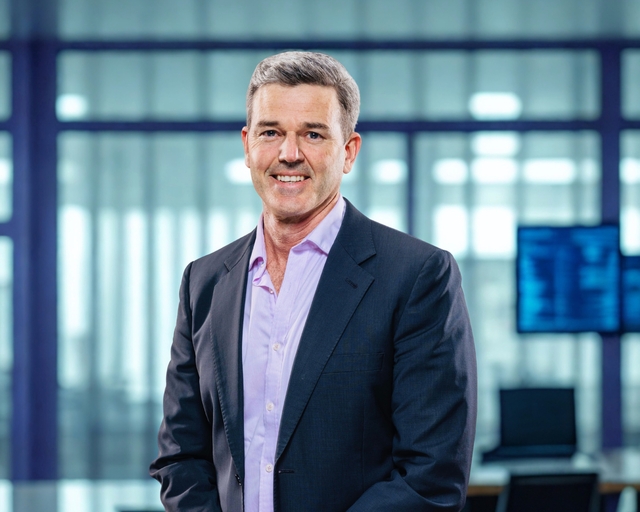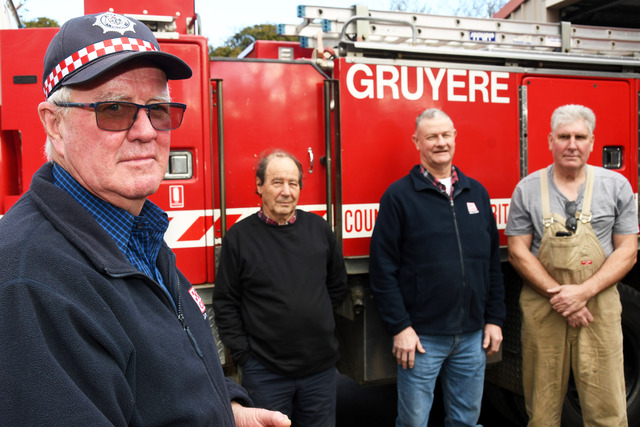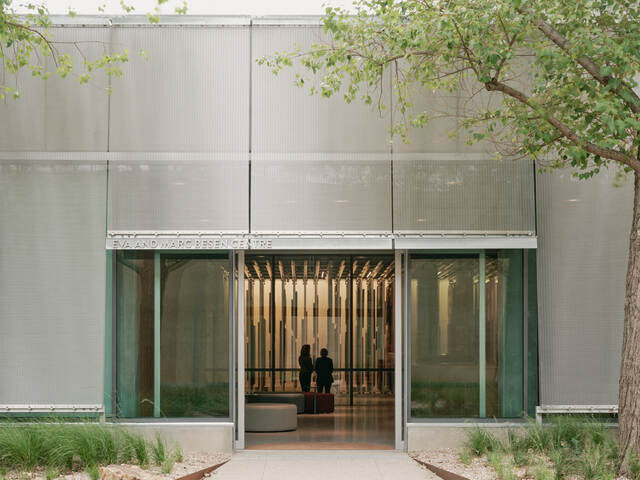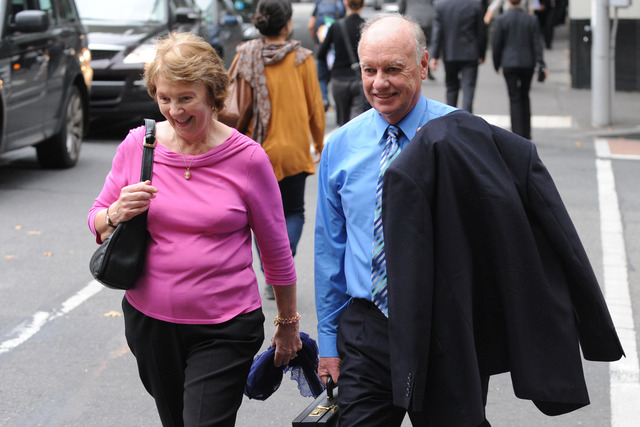A Healesville resident has been recycling timbers to create custom designed chopping boards to fundraise for the environment.
Andrew Cooper said the idea eventually came up when he saw the figure of red gum on a fence post which remained in good condition despite the whole fence being rotten.
The former violin maker was familiar with figured timber with knowledge of fiddleback and always kept his eyes on wooden products.
“The figure in the grain of the red gum was too nice to just be burned or wasted,” he said.
“So I ended up making a few different things with the red gum, coffee tampers, picture frames and chopping boards.
“Chopping boards is the main thing I currently make from salvaged wood.”
The experience let him research red gum which could grow over a thousand years.
The woodworker discovered that some of the trees that have been cut for fences, bridges, railways and furniture were as old as a 1000 years.
“I want to salvage that wood to fund planting trees that could be still growing in 1000 years,” Mr Cooper said.
This idea led him to set up a business (named Future Forest) to sell chopping boards and furniture made from salvaged timbers (futureforest.com.au).
“I just work out what is the difference between production cost and the leftover, then I give Landcare organisations some money to do the planting,” he said.
“I like the idea of planting on farmland because it can help to connect habitat areas together. Many farms would benefit by having more tree cover especially near waterways.”
Future Forest uses the profits to aid organisations financially that work to replant trees such as Landcare Australia.
It aims to inspire other businesses to invest to sustain the ecosystem for future generations.
Mr Cooper emphasised the importance of the attention from the local community.
He said people were becoming aware of the importance of how products they buy are made and it affected businesses to impact positively on the environment.
“The war on waste has shown what mess is created when products are badly designed. The lifecycle needs to be respected, especially with plastics and clothing,” Mr Cooper said.
“Many people now understand that what they buy has an impact on the environment that we are part of,” he said.
“If more manufacturers work in a way that is symbiotic with nature then we could prevent the pollution and loss that has become such a problem.”


